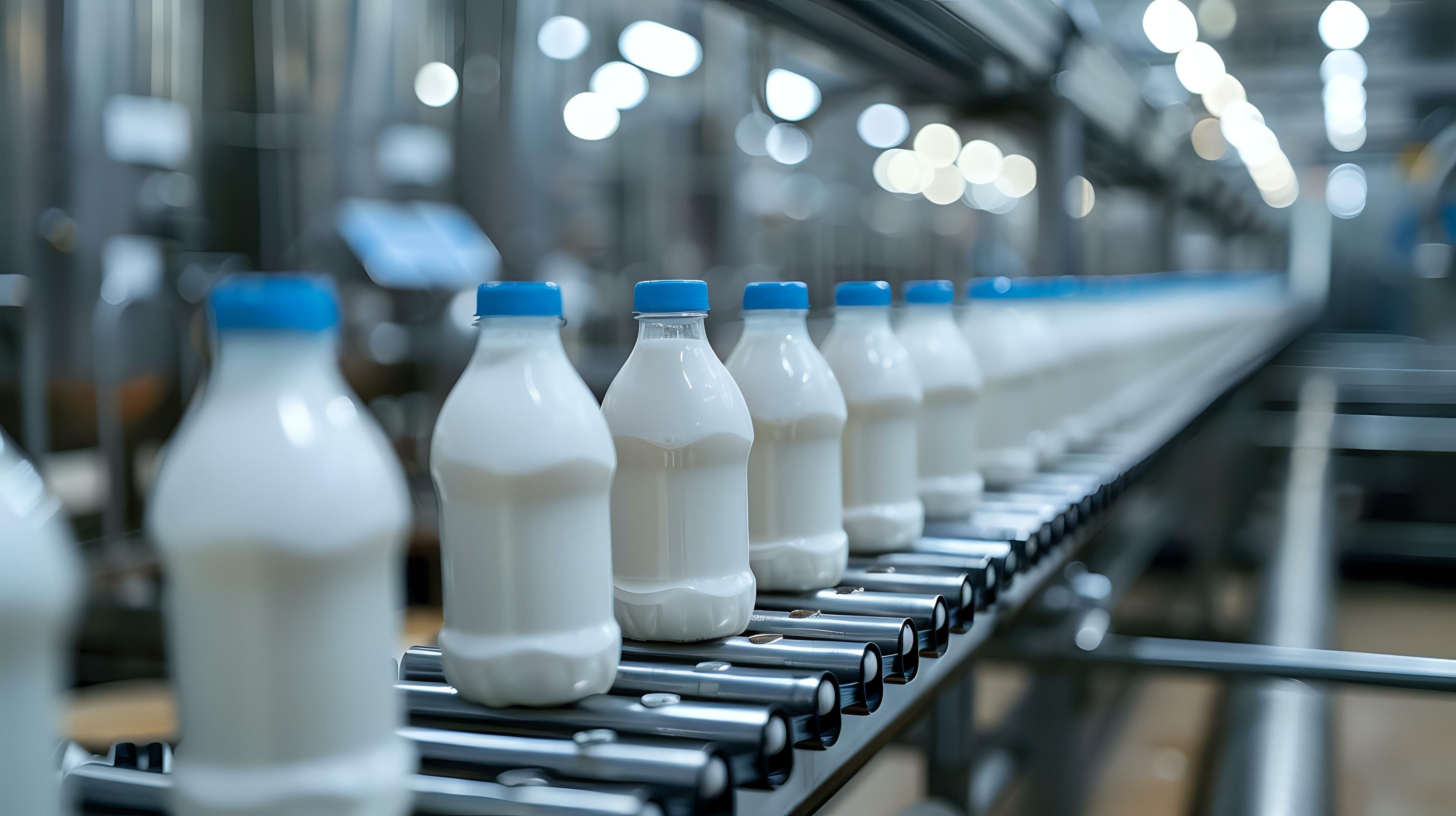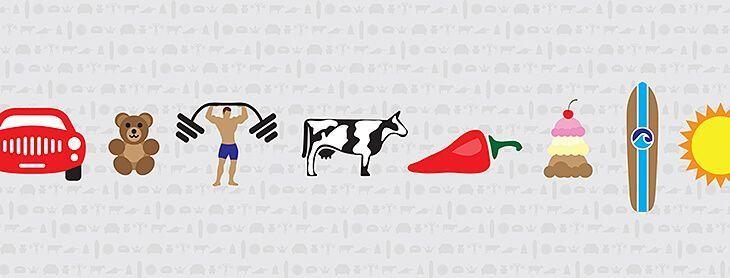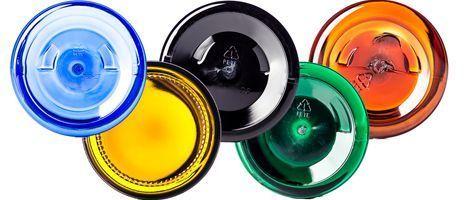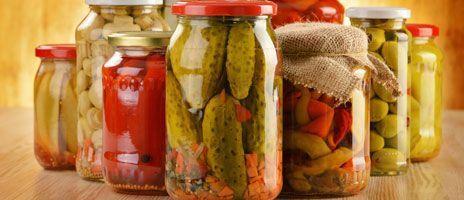How to Ensure Plastic Bottles Meet Food-Grade Standards


When it comes to packaging food and beverages, safety is non-negotiable. Plastic bottles are a staple in the food industry, but not all plastics are created equal. To protect consumers and maintain product integrity, businesses must ensure their plastic bottles meet food-grade standards.
Understanding regulatory requirements, material selection, and proper manufacturing processes is key to compliance and consumer trust. Let’s break down how to ensure your plastic bottles are truly food-safe.
Understanding Food-Grade Plastics
Not all plastics are approved for food contact. Regulatory agencies like the FDA (Food and Drug Administration) in the U.S. and EFSA (European Food Safety Authority) in Europe establish criteria for food-safe plastics. The most commonly approved food-grade plastics include:
- PET (Polyethylene Terephthalate) – Used for water and soda bottles, offering clarity and recyclability.
- HDPE (High-Density Polyethylene) – Ideal for milk jugs and juice bottles due to its durability and chemical resistance.
- PP (Polypropylene) – Commonly used for yogurt containers and bottle caps.
- LDPE (Low-Density Polyethylene) – Found in squeeze bottles and plastic wraps.
Each of these materials must pass migration testing, ensuring no harmful chemicals leach into food or beverages.
Regulatory Compliance and Testing
To certify that a plastic bottle is food-grade, manufacturers must adhere to strict regulatory guidelines. Some key steps include:
1. FDA Compliance
In the U.S., the FDA’s Code of Federal Regulations (CFR) Title 21 outlines requirements for food-contact plastics. Manufacturers must ensure:
- The plastic resin is on the FDA-approved list.
- Migration limits for chemicals are met.
- Manufacturing facilities follow Good Manufacturing Practices (GMPs).
2. EFSA and Other International Standards
For global businesses, compliance with EFSA regulations in Europe, as well as CFIA (Canada) and China’s National Food Safety Standards, is crucial. Many companies opt for NSF certification as an additional quality assurance step.
3. Laboratory Testing
Food-grade plastics undergo rigorous testing, including:
- Chemical migration tests to check for contaminants.
- Thermal stability tests to ensure bottles withstand temperature changes.
- Sensory evaluations to prevent odors or flavors from affecting the product.
Best Practices for Safe Plastic Bottle Manufacturing
Ensuring food-grade standards goes beyond regulations—it requires a commitment to quality and safety throughout production. Key best practices include:
1. Use Virgin Resins
While recycled plastics are gaining traction, most food-grade plastics are made from virgin resins to avoid contamination risks. If using post-consumer recycled (PCR) materials, they must meet strict reprocessing standards.
2. Avoid Harmful Additives
Certain colorants, plasticizers, and stabilizers can introduce toxins. Opt for FDA-approved additives only.
3. Implement Quality Control Measures
Manufacturers should integrate:
- Automated inspections to detect defects.
- Batch testing to confirm compliance.
- Traceability systems to track material sources.
Storage and Handling of Food-Grade Plastic Bottles
Even if a plastic bottle meets food-grade standards, improper handling can compromise safety. Follow these guidelines:
- Store bottles in sanitary conditions to prevent contamination.
- Avoid exposure to high heat to prevent chemical degradation.
- Use proper sealing and capping techniques to maintain freshness and prevent leaks.
Conclusion
Food safety and compliance should be a top priority when selecting plastic bottles for consumables. By choosing the right materials, following regulations, and maintaining strict quality control, businesses can ensure their packaging meets the highest safety standards.
At Container & Packaging, we provide certified food-grade plastic bottles designed to meet industry regulations and keep your products safe. Browse our selection today to find the right solution for your needs!




